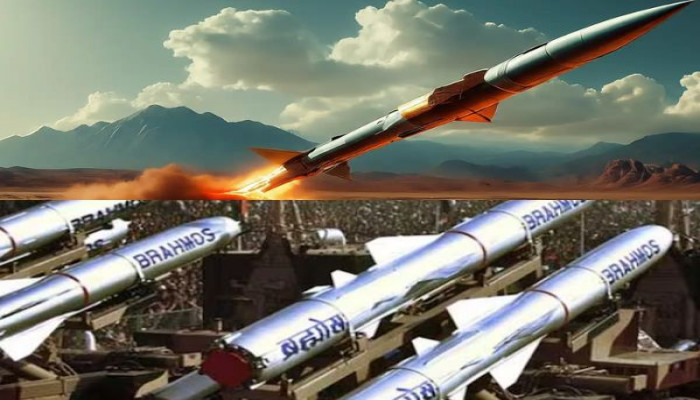India tests hypersonic missile ET-LDHCM with 1500 km range under DRDO’s Project Vishnu
- In Reports
- 06:38 PM, Jul 14, 2025
- Myind Staff
India has reportedly carried out a test of a new hypersonic missile that travels at eight times the speed of sound and can hit targets as far as 1500 kilometres. Named the Extended Trajectory Long Duration Hypersonic Cruise Missile or ET-LDHCM, the weapon has been developed under the Defence Research and Development Organisation's Project Vishnu and offers greater speed and range than the current BrahMos missile.
The missile test comes amid rising global tensions, including the Israel-Iran conflict and worsening relations between India and Pakistan. With Turkey showing closer ties with Pakistan, India is stepping up its efforts to modernise its defence systems, including upgrades to BrahMos, Agni-5 and the Akash missile platforms.
The rise of hypersonic technology is being seen as a major shift in India’s strategic capability.
The ET-LDHCM uses a scramjet engine, which works on air-breathing propulsion and takes in atmospheric oxygen instead of relying on a regular rotating compressor. This lets the missile travel at Mach 8, which is around 11000 kilometres per hour, compared to BrahMos, which flies at Mach 3 or roughly 3675 kilometres per hour.
The new missile also has a much longer range, moving from the original 290 kilometres of BrahMos to 450 kilometres and now reaching up to 1500 kilometres. This boost in speed and distance greatly improves India’s long-range strike potential.
The missile has been built for stealth, precision and multi-platform use.
It can carry a payload between 1000 and 2000 kilograms and is designed to deliver both conventional and nuclear warheads. Its ability to fly at low altitudes helps it avoid radar detection and its precision allows it to target vital infrastructure even in difficult terrain.
The ET-LDHCM can be launched from land, sea, or air, and it can change direction during flight, which makes it highly useful in changing battlefield conditions.
The missile is also designed to perform under very high temperatures, staying stable even at 2000 degrees Celsius while flying at hypersonic speeds. This resilience is crucial to maintain accuracy and performance during the entire mission.
At present only Russia the United States and China have fully developed hypersonic cruise missiles. If India’s ET-LDHCM test is found to be successful it would place India among the few countries with independent hypersonic capability.
The main goal of developing the ET-LDHCM is to strengthen India’s deterrence posture, especially in relation to Pakistan, and to push back against China’s growing influence in the Indo-Pacific region.







Comments